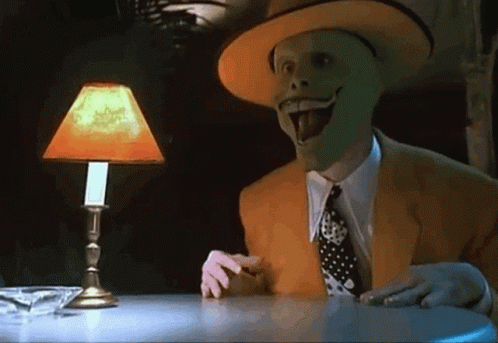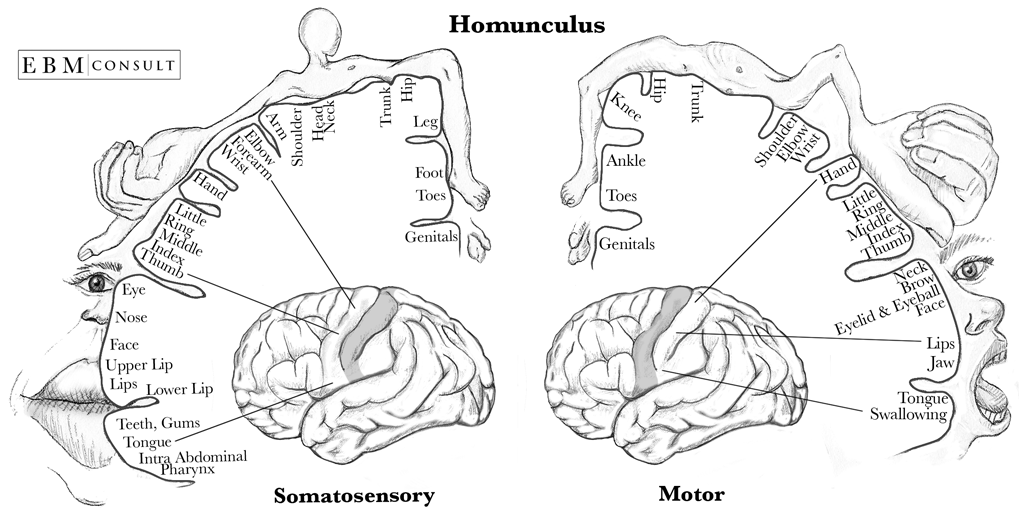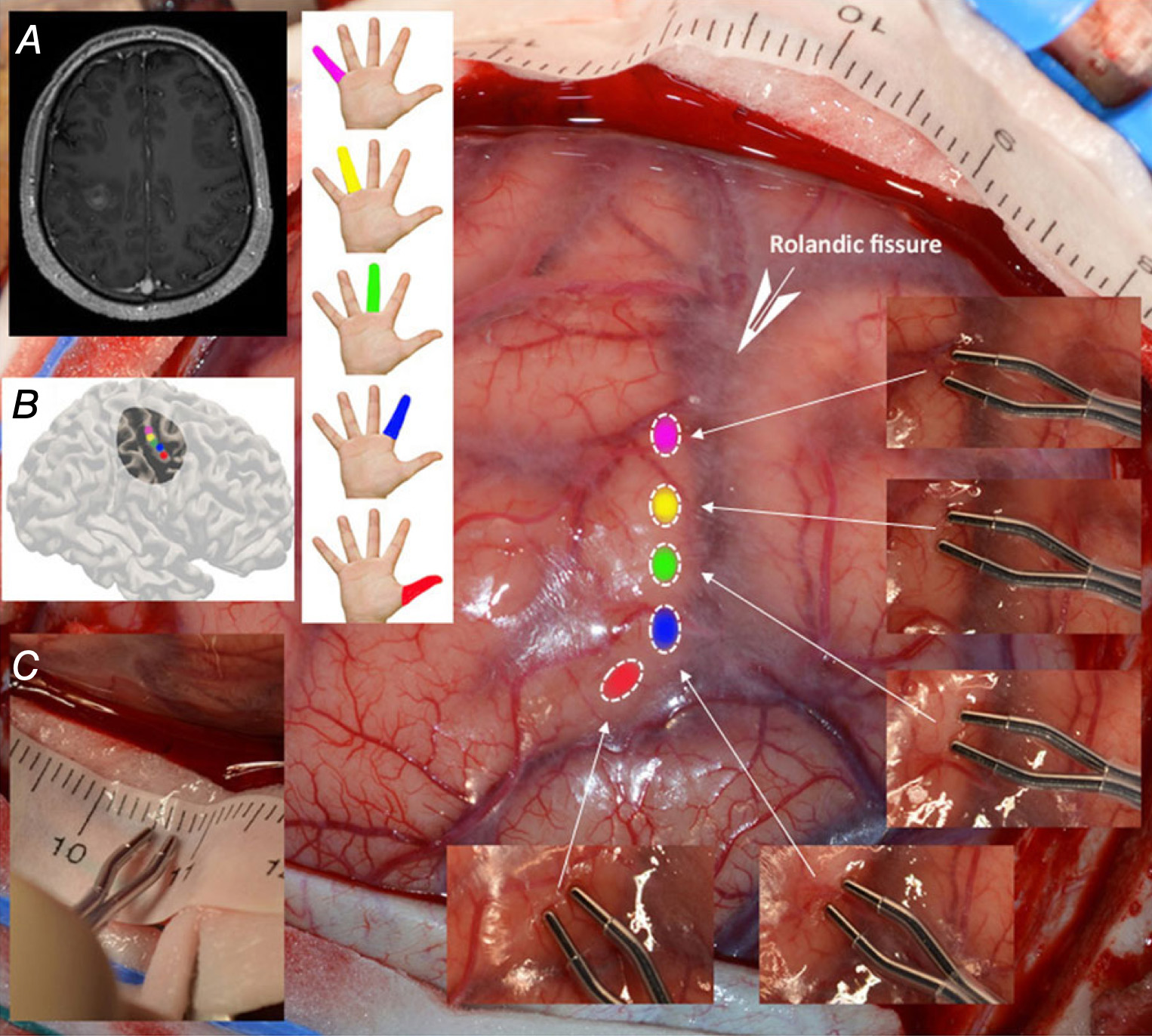The oral tesseract: Homuncular flexibility on DMT
Posted on 30 June 2023 by Cube Flipper
Sometimes when I am experimenting with DMT, I have trouble getting the visual effects to stabilise. Something distracts me, I wind up placing my attention on something other than my visual field, and then something weird happens. This was one of those times.
I was lying in bed with an eye mask on, and I’d just taken my second toke. If using DMT efficiently, I find it best to hold it in my lungs for a period of time before exhaling, and it’s generally on the exhale that things get interesting.
But in this instance, I exhaled, and inhaled – wait – I found myself inhaling and exhaling at the same time! Do I have two sets of lungs? I continued to breathe, and ran a quick spot check, running my tongue around the inside of my mouth. I found myself traversing a strange and unfamiliar landscape.
Something which does happen to me frequently under these conditions is that I feel my hard palate fold in half and shrivel up – like some kind of fractal coral structure – but this was far more extreme. As best as I could tell, my teeth were upside down and back to front, and my lips and cheekbones were comically distorted in the manner of the Joker from the Batman cartoons I’d seen in my youth, or perhaps Jim Carrey in the film The Mask.

Jester-like characters are commonplace within the DMT pantheon, but I’d never expected to be transfigured into one myself. But before I had the chance to figure out what was going on, something tapped me on the side of the head – and suddenly I was in possession of four of these oddball Joker mouths, arranged in a row from left to right. I wasn’t sure how to react, but I cracked up laughing, because I had to admit it was pretty funny – and of course, I found myself cracking up in quadruplicate.
I should be clear that I experienced no visual hallucinations during this experience – it was exclusively somatic in nature. I model my sense of touch as momentary pertubations in a three-dimensional vector field, and it was through this medium that I experienced my altered body map.
Eventually the DMT wore off, and I was left with a strange aftertaste on my remaining pair of lips. How do I make sense of this? There was only one thing to do, which was to try it again, before the mood wore off.
Surprisingly enough the experience was repeatable. During the come up, I put my attention on the inside of my mouth, and once again I found it transformed into a hall of mirrors. I passed my tongue into the space recently vacated by one of my cheeks, and it returned to me from a matching portal on the other side of my mouth.
I felt a presence this time: a congregation of invisible, immaterial entities hovered around my bedroom. The atmosphere was jovial, if perhaps a little mocking – they derived mirth from watching me try to operate an incomprehensible body.
If I was to narrativise what I was experiencing, it felt a bit like I was being rebuked for being a little too hedonistic with my previous DMT exploits. I would consider myself wary of letting such narrativisations anneal in, lest they ruin my confidence and impede my future experimentation – but whomever pulled this prank on me did so in a way that was extremely compatible with my sense of humour, so no harm done. In the wake of this, I was able to continue my research, while remaining wary of this particular attentional trap.
Maybe I should try it again sometime. I wonder what would have happened if I’d tried to eat something? Should I be worried about leaving my tongue behind in the wrong dimension?
What is a “body map”?

Some time ago, I read the heroic study conducted by Franck-Emmanuel Roux, Imène Djidjeli, and Jean‐Baptiste Durand, using electrostimulation in order to map the somatosensory homunculus – updating the existing maps made by similar methods by Wilder Penfield et. al. in the 1950s.
Let’s say you’re awaiting open brain surgery for some reason – likely brain cancer – and a team of researchers approach you to ask if you’d consent to their study. While they have your skull open, they’ll withdraw the anaesthetic in order to perform the cortical mapping procedure. As they poke and prod your somatosensory cortex with a 3 mm electrode, your job is to let them know if and when you feel a tingling somewhere in your body. What do you say?

The study was made over a period of eight years with a cohort of fifty participants. I feel immense respect for all the brave people involved. I felt it was important to acknowledge that this is how we know such things.
But what exactly is a body map, anyhow? Under the Bayesian brain framework, I think of it as a prior. The brain is constantly receiving a tremendous amount of sensory information from a wide variety of different nerve endings, but how might it tell where the nerve ending corresponding to a given sensation is actually located? In order to place sensations within a three-dimensional world model, it must solve a kind of inverse somatic problem, with the assistance of a proprioceptive model built up over time to make predictions around where a given sensation might be coming from. This proprioceptive model lives in our somatosensory cortex as the somatosensory homunculus.
But perhaps the somatosensory homunculus is more mutable than we might think? Not to mention that more recent research has called this representation into question. I know mine gets miscalibrated pretty easily from something as mundane as sitting with a weird posture for a period of time. Perhaps DMT can momentarily perturb the somatosensory homunculus, such that the representation of selected bodily regions can become distorted, reflected, or tesselated?
What I experienced by accident was pretty weird, but indicative of the state space we might have to work with. What else might be possible, when there’s a Neuralink implant in every cortex? With the right cortical stimulation, could one grow wings or a tail?
My biggest vibecamp regret is that I neglected to visit the transhumanist furries at the virtual reality cabin. I have to wonder if they might be curious about such possibilities?